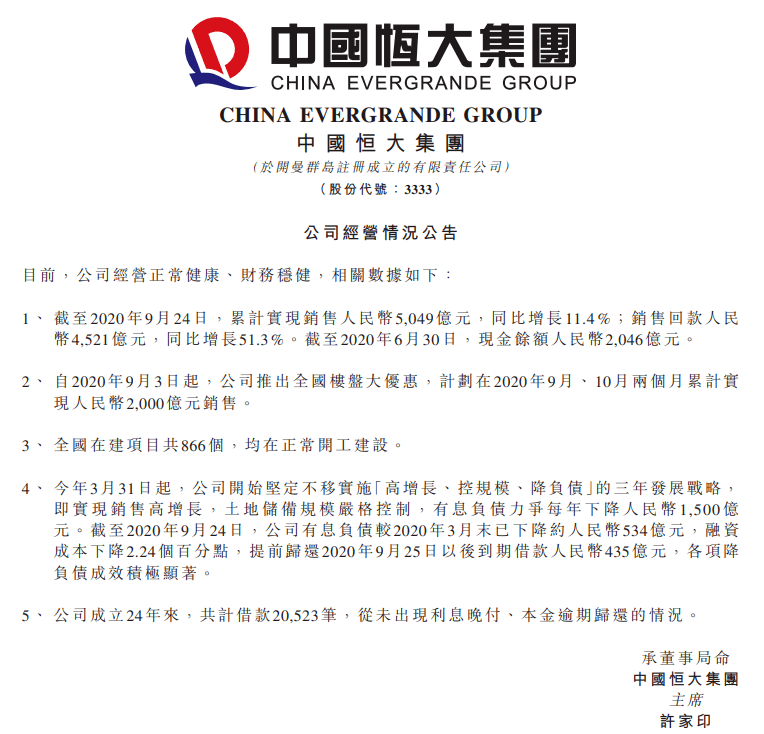еңЁжӯӨзӨәдҫӢдёӯпјҢжҲ‘们иҜ»еҸ–ж–Ү件1并е°Ҷе…¶еҶҷе…Ҙoutput ж–Ү件 гҖӮзЁҚеҗҺпјҢжҲ‘们иҜ»еҸ–ж–Ү件2并е°Ҷе…¶еҶҚж¬Ўйҷ„еҠ еҲ°outputж–Ү件 гҖӮеҰӮдҪ жүҖи§ҒпјҢwriteFile promiseиҝ”еӣһж–Ү件зҡ„еҶ…е®№пјҢдҪ еҸҜд»ҘеңЁдёӢдёҖдёӘthenеӯҗеҸҘдёӯдҪҝз”Ёе®ғ гҖӮ
еҰӮдҪ•й“ҫжҺҘеӨҡдёӘжқЎд»¶жүҝиҜәпјҹдҪ еҸҜиғҪжғіиҰҒи·іиҝҮ Promise й“ҫдёҠзҡ„зү№е®ҡжӯҘйӘӨ гҖӮжңүдёӨз§Қж–№жі•еҸҜд»ҘеҒҡеҲ°иҝҷдёҖзӮ№ гҖӮ
const a = () => new Promise((resolve) => setTimeout(() => { console.log('a'), resolve() }, 1e3));const b = () => new Promise((resolve) => setTimeout(() => { console.log('b'), resolve() }, 2e3));const c = () => new Promise((resolve) => setTimeout(() => { console.log('c'), resolve() }, 3e3));const d = () => new Promise((resolve) => setTimeout(() => { console.log('d'), resolve() }, 4e3));const shouldExecA = true;const shouldExecB = false;const shouldExecC = false;const shouldExecD = true;Promise.resolve() .then(() => shouldExecA && a()) .then(() => shouldExecB && b()) .then(() => shouldExecC && c()) .then(() => shouldExecD && d()) .then(() => console.log('done'))еҰӮжһңдҪ иҝҗиЎҢиҜҘд»Јз ҒзӨәдҫӢпјҢдҪ дјҡжіЁж„ҸеҲ°еҸӘжңүaе’Ңdиў«жҢүйў„жңҹжү§иЎҢ гҖӮ
еҸҰдёҖз§Қж–№жі•жҳҜеҲӣе»әдёҖдёӘй“ҫпјҢ然еҗҺд»…еңЁд»ҘдёӢжғ…еҶөдёӢж·»еҠ е®ғ们пјҡ
const chain = Promise.resolve();if (shouldExecA) chain = chain.then(a);if (shouldExecB) chain = chain.then(b);if (shouldExecC) chain = chain.then(c);if (shouldExecD) chain = chain.then(d);chain .then(() => console.log('done'));еҰӮдҪ•йҷҗеҲ¶е№¶иЎҢ PromiseпјҹиҰҒеҒҡеҲ°иҝҷдёҖзӮ№пјҢжҲ‘们йңҖиҰҒд»Ҙжҹҗз§Қж–№ејҸйҷҗеҲ¶Promise.all гҖӮ
еҒҮи®ҫдҪ жңүи®ёеӨҡ并еҸ‘иҜ·жұӮиҰҒжү§иЎҢ гҖӮеҰӮжһңдҪҝз”Ё Promise.all жҳҜдёҚеҘҪзҡ„пјҲзү№еҲ«жҳҜеңЁAPIеҸ—еҲ°йҖҹзҺҮйҷҗеҲ¶ж—¶пјү гҖӮеӣ жӯӨпјҢжҲ‘们йңҖиҰҒдёҖдёӘж–№жі•жқҘйҷҗеҲ¶ Promise дёӘж•°пјҢжҲ‘们称其дёәpromiseAllThrottled гҖӮ
// simulate 10 async tasks that takes 5 seconds to complete.const requests = Array(10) .fill() .map((_, i) => () => new Promise((resolve => setTimeout(() => { console.log(`exec'ing task #${i}`), resolve(`task #${i}`); }, 5000))));promiseAllThrottled(requests, { concurrency: 3 }) .then(console.log) .catch(error => console.error('Oops something went wrong', error));иҫ“еҮәеә”иҜҘжҳҜиҝҷж ·зҡ„:

ж–Үз« жҸ’еӣҫ
д»ҘдёҠд»Јз Ғе°Ҷ并еҸ‘йҷҗеҲ¶дёә并иЎҢжү§иЎҢзҡ„3дёӘд»»еҠЎ гҖӮ
е®һзҺ°promiseAllThrottled дёҖз§Қж–№жі•жҳҜдҪҝз”ЁPromise.raceжқҘйҷҗеҲ¶з»ҷе®ҡж—¶й—ҙзҡ„жҙ»еҠЁд»»еҠЎж•°йҮҸ гҖӮ
/** * Similar to Promise.all but a concurrency limit * * @param {Array} iterable Array of functions that returns a promise * @param {Object} concurrency max number of parallel promises running */function promiseAllThrottled(iterable, { concurrency = 3 } = {}) { const promises = []; function enqueue(current = 0, queue = []) { // return if done if (current === iterable.length) { return Promise.resolve(); } // take one promise from collection const promise = iterable[current]; const activatedPromise = promise(); // add promise to the final result array promises.push(activatedPromise); // add current activated promise to queue and remove it when done const autoRemovePromise = activatedPromise.then(() => { // remove promise from the queue when done return queue.splice(queue.indexOf(autoRemovePromise), 1); }); // add promise to the queue queue.push(autoRemovePromise); // if queue length >= concurrency, wait for one promise to finish before adding more. const readyForMore = queue.length < concurrency ? Promise.resolve() : Promise.race(queue); return readyForMore.then(() => enqueue(current + 1, queue)); } return enqueue() .then(() => Promise.all(promises));}
жҺЁиҚҗйҳ…иҜ»
-
-
-
-
-
-
-
-
-
-
-
-
-
-
-
-
-
-
-
-
- з»Ҹжңҹе–қжһёжқһиҢ¶еҸҜд»Ҙеҗ—,з»ҸжңҹиғҪе–қиҸҠиҠұиҢ¶еҗ—,з»Ҹжңҹеә”иҜҘйҒҝе…Қе–қиҸҠиҠұиҢ¶
- иҝӣж•…е®«ж—…жёёеә”иҜҘе…Ҳд»Һд»Җд№Ҳең°ж–№иҝӣ жёёж•…е®«иҰҒжіЁж„Ҹзҡ„дәӢжғ…жҳҜд»Җд№Ҳ
- е–қиҢ¶еә”иҜҘй…Қд»Җд№ҲиҢ¶зӮ№,дёӘиҢ¶еЈ¶й…Қеә”иҜҘй…ҚеҮ дёӘиҢ¶жқҜ
- еҸЈи…”жәғз–Ўеә”иҜҘеҗғд»Җд№ҲеҘҪ еҸЈи…”жәғз–ЎиҚҜиҶіи°ғзҗҶйЈҹз–—ж–№
- еҘіз”ҹеҚ•иә«жҲ’жҢҮеә”иҜҘжҲҙеңЁе“ӘдёӘжүӢжҢҮ
- зҘһз»ҸжҖ§еҺҢйЈҹ
- йқ’е°‘е№ҙдҪ“иӮІиҝҗеҠЁеә”иҜҘжіЁж„Ҹд»Җд№Ҳ
- еҮәзҺ°иҷҡиғ–еә”иҜҘеҰӮдҪ•еҮҸиӮҘпјҹ
- иҝҗеҠЁеҒҘиә«и®ЎеҲ’еә”иҜҘжҖҺд№Ҳе®һж–Ҫпјҹ
- й«ҳиҖғиҜӯж–ҮжңҖеҗҺйҳ¶ж®өеә”иҜҘеҰӮдҪ•еҶІеҲәжҸҗеҲҶ


















